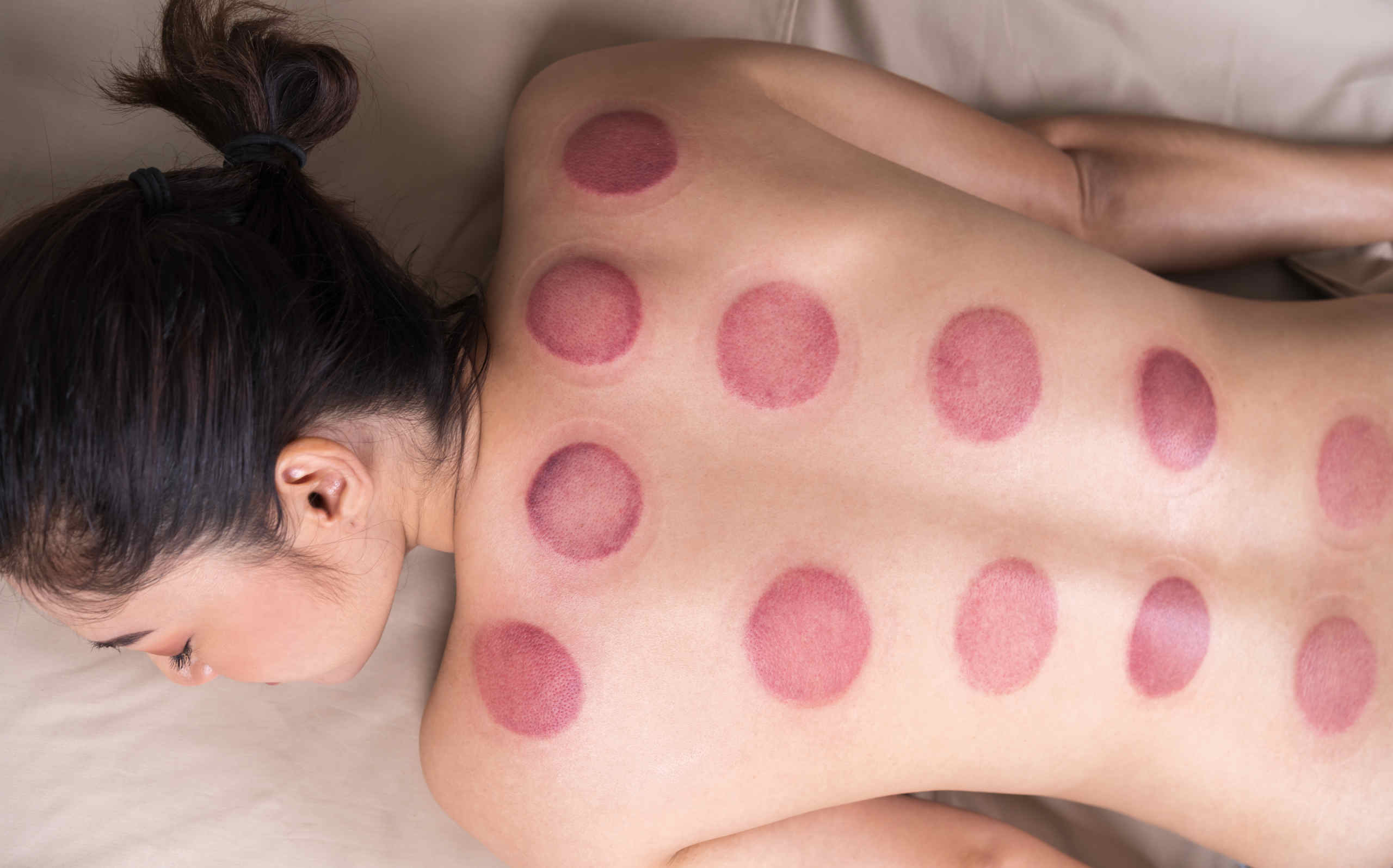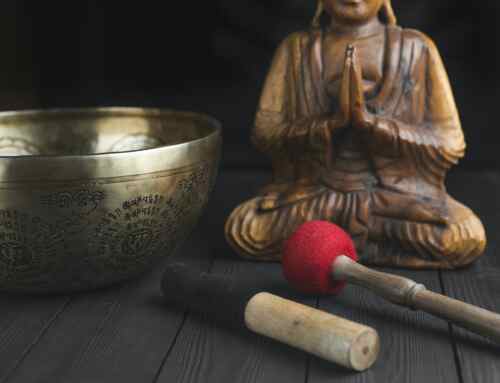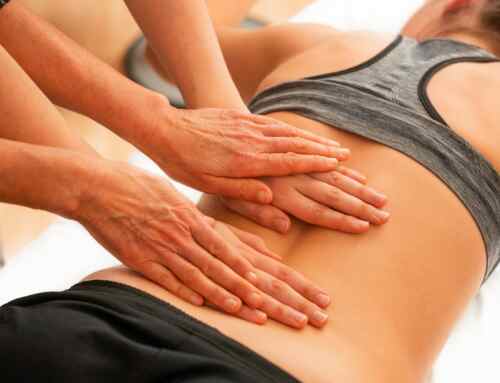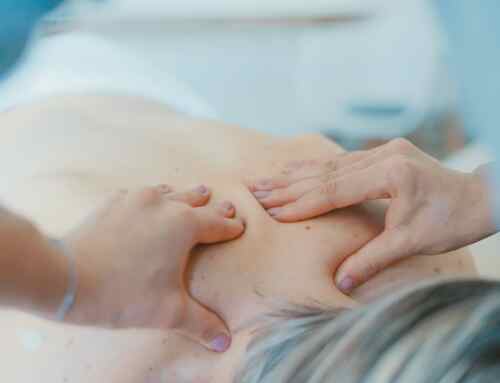
Cupping therapy has been performed for thousands of years, dating back to ancient Egyptian, Middle Eastern, and Chinese cultures. There’s a reason this unique form of bodywork has stuck around for so long. Today cupping is practiced around the world treating everything from tight muscles on Olympic athletes to inflamed joints from rheumatoid arthritis. Here’s how cupping could help you.
Cupping can relieve pain that traditional therapies don’t.
If you’ve tried everything for a chronic injury, from physical therapy to deep tissue massage to pain medication, cupping might be the best way to help your body heal. Suction from cupping causes tiny capillaries under the skin to break, causing the body to react to the treated area as it would an injury. Your body then sends more blood to the area to encourage the healing process. For stubborn chronic pain, it might be the boost your body needs to treat an old injury.
Cupping increases circulation and helps athletes heal faster.
This therapy is a favorite of athletes like Michael Phelps thanks to its effectiveness in shortening healing time after strenuous training. Cupping increases circulation to tired muscles and treats tight fascia, so it’s ideal for sports recovery. It’s not just Olympic athletes who can benefit—cupping can also help you recover from that grueling barre class.
Cupping could improve scars or stretch marks.
This might seem counterintuitive since cupping leaves those distinctive red circles at first. But over time cupping therapy can have positive effects on stretch marks and scars. By increasing blood flow and improving lymphatic circulation, cupping can help old scars improve. This is especially useful for surgical recovery since the positive effects were observed even when cups were applied in areas far away from the scar.
Should I get a cupping massage?
Cupping is generally safe, but if you have certain conditions cupping might not be right for you. If you’re on blood thinners or have thin skin, a gentler massage modality is best. Certain conditions like rheumatoid arthritis can benefit from cupping, but not while the client is having an active flare-up. If you have a chronic condition, always check with your doctor before any kind of bodywork.
Should I learn cupping?
If you’re a massage therapist, the benefits of cupping go beyond better serving your clients. It’s a great therapy to learn if you specialize in sports massage since it’s popular with athletes. You can also avoid burnout by adding cupping to your practice since it requires less physical exertion. As a therapy that’s less widely practiced but has a lot of devotees, cupping can help you carve out a niche market.
Want to learn cupping now? Sign up for a cupping continuing education course in Philadelphia. The 8-credit hour course will be held February 13th 2022 and includes a cupping set in the $195 tuition. Reserve your spot in Cupping Level 1 by emailing dmzadie@phillyschoolofmassage.com





